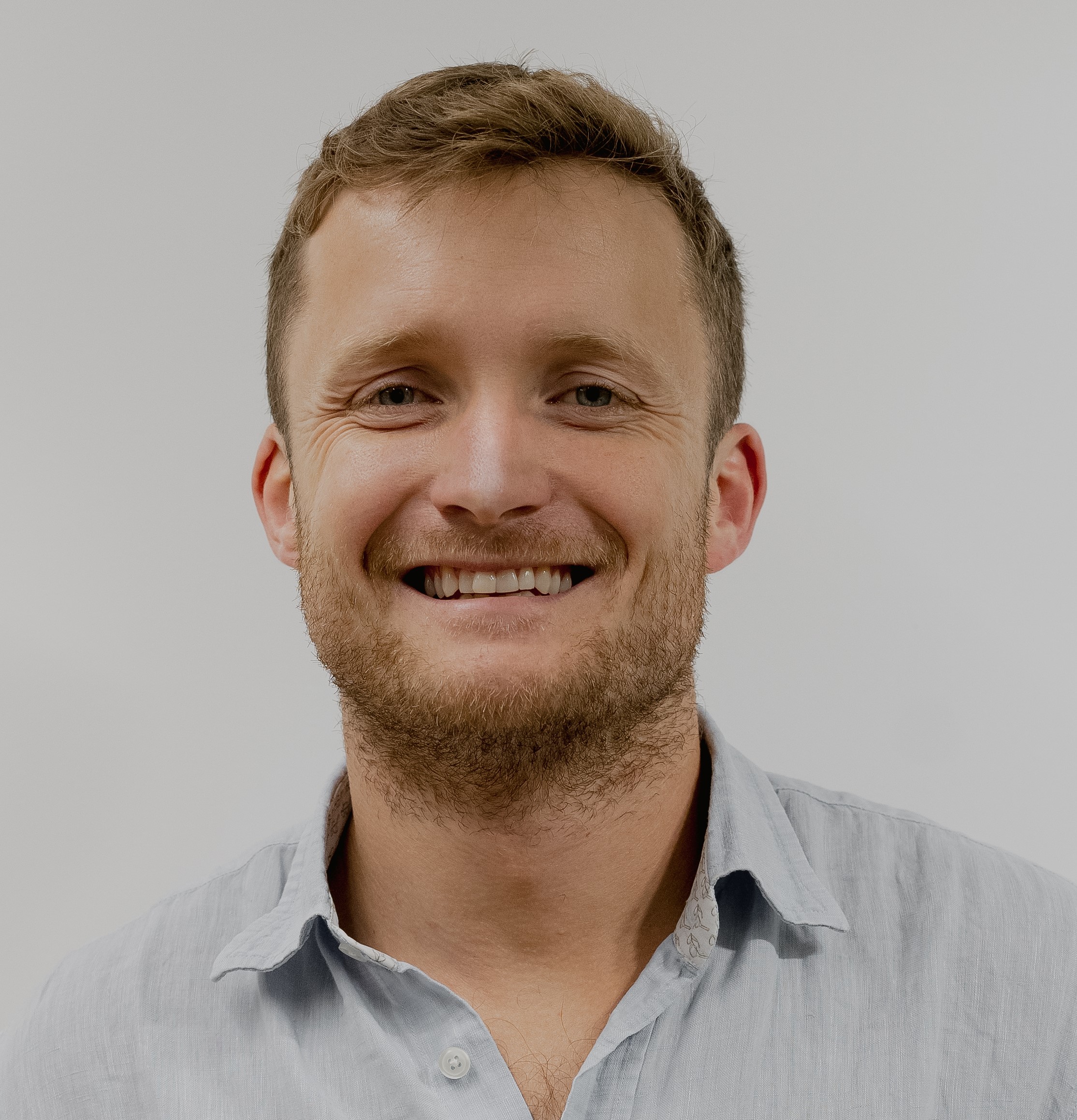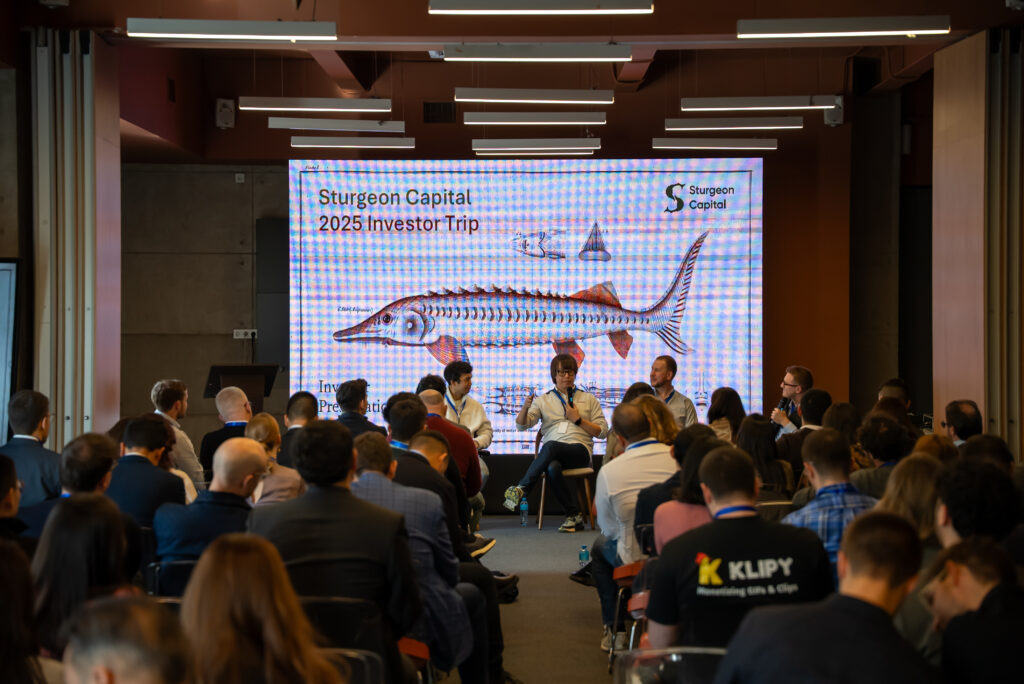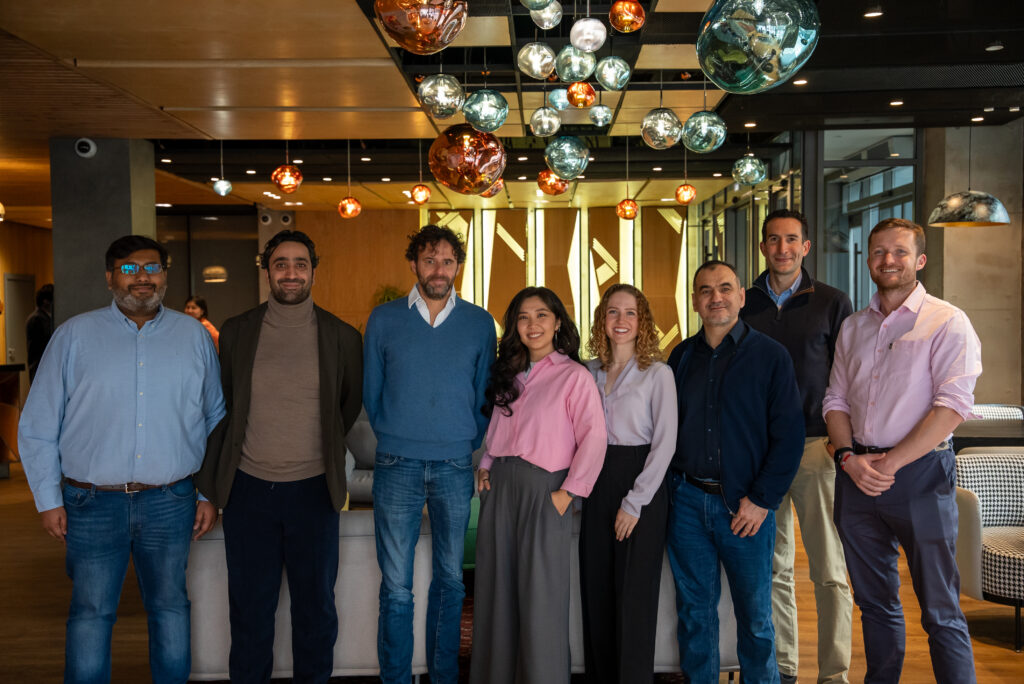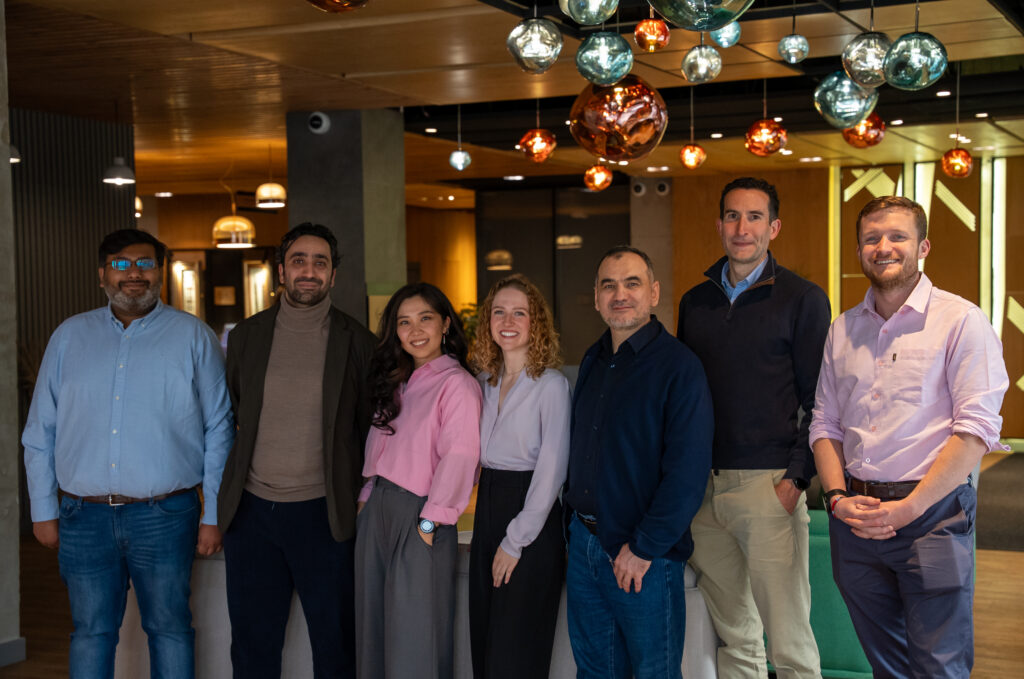Robin Butler on Sturgeon Capital’s investment strategy and startup selection

Robin Butler, partner at Sturgeon Capital, shared insights on venture investment strategy, startup selection, and the development of tech companies in Emerging Asia.
Robin Butler, London city, Partner, Sturgeon Capital, LinkedIn
About me
I have been at Sturgeon Capital for nearly eight years now and it is the only formal job that I have had. I do not think I have the “typical” VC background. Prior to joining Sturgeon Capital I had studied Arabic and Middle Eastern History and then lived in Iran for nine months in 2016-2017, so startup investing was quite a pivot for me. Today I run Sturgeon’s VC investments, focused on early-stage technology companies in Emerging Asia. We believe that this region is primed for rapid technology adoption among its large, young population. I spend around 50% of my time travelling across the region, covering every aspect of the business from deal sourcing to due diligence, portfolio support and fundraising.
After eight years doing this job I have realised that being a venture investor requires you to have almost two separate but interconnected personalities.
The first is one that can move quickly to close a deal or help a company at a key moment in its business development.
The second is one that has the patience to wait the multiple years required to find out whether the decisions you took were the right ones.
There is also a significant amount of context switching that not everyone is comfortable with, and you must be able to empathise with the founders that you are investing in while maintaining an objective view of the opportunity at hand.

About investments
When you first meet a new startup as an investor, you are starting from a position of knowing pretty much nothing about the company, whereas the founders know 100%. Yes, you may have seen similar business models and opportunities in other markets before, but each company is unique. Bridging this information asymmetry gap is what you are trying to do during the due diligence process, all the while knowing that you will never have 100% of the information. This is why we typically like to know a company for more than 12 months, so that we have a larger sample size of information and data that we can look at to bridge that gap.
We then focus on identifying the key variables and assumptions that the company will need to validate in the short and long term to achieve its potential. Those short-term assumptions are really what we are underwriting to get from today to the next funding round, and we need to have a high level of conviction that they will be validated in order to invest. The longer-term ones are more difficult to validate but are typically a function of the quality of the team and the market that they are operating in. If the former is not good enough or the latter is not large enough, then it is unlikely it will be a good investment for us.
Ultimately, there are always things that you do not know. Early stage investing is a case of taking bets based on imperfect information. The quality of the founders is the key determinant, because there will be a myriad of challenges along the way and success will depend on the founders’ abilities to overcome them.
Sturgeon Capital has made 39 early stage investments across Emerging Asia, deploying more than $30 million into companies between Pre-Seed and Series B. We have made our fair share of mistakes that have taught us a huge amount, and we have several success cases that stand out.
One that is particularly dear to me is BILLZ, one of the first investments we made in Uzbekistan back in 2019. I have always said that the cofounder and CEO, Rustam Khamdamov, is a unique entrepreneur who has a founder mindset that could compete in any market anywhere in the world, despite never having lived, studied or worked outside of Uzbekistan. Since we invested, the company has become the market leader for offline retail automation in Uzbekistan and expanded regionally, including in Kazakhstan. Last year BILLZ raised money from Evren Ucok, the cofounder of Trendyol, and the company is now rolling out innovative financial products for its customer base.
Another one of the more successful investments from our first fund is a Ukrainian business called PeopleForce. For me, this company encapsulates the importance and impact of an exceptional founder. The company is now thriving, with customers across Ukraine, Poland, Eastern Europe, Central Asia and Latin America. They successfully raised $5.2 million in Pre-Series A funding earlier this year to consolidate their market leading position in the core markets and continue expansion elsewhere.
A more recent successful investment is a Georgian company called Cargon. They are a digital freight forwarder that works with large enterprise customers to digitalise their cross-border shipments along the Middle Corridor. This is a $40 billion industry that still relies on phone calls and emails, even Cargon’s multinational customers such as Nestle, Mondelez and PepsiCo. Since we invested in 2023, the company has established operations in five countries along the Middle Corridor and most recently secured a large working capital facility to double its revenues over the next 12 months.

Investment range and strategy
There is a concept that I like, and for which I take zero credit, about the surfer and the wave. This captures the three key things that are necessary for a startup to succeed.
- Founders and team. If they are not among the top 0.1% of entrepreneurs in their market, then it is unlikely that they are going to be able to build a venture scale business. It is a harsh truth but if we ever find ourselves questioning whether someone is top 0.1%, then it usually means they are not. We like to see founders with previous entrepreneurial experience. Domain expertise is a nice to have but not a pre-requisite, because sometimes the best founders have a unique perspective exactly because they do not come from that industry.
- Market. If the market is not large enough to reach at least $50 million in net revenue, then no matter how exceptional the founder is, the company will never be big enough to generate venture-scale returns. Sometimes, there are great founders operating in markets that simply are not big enough — and in such cases, we try to work with them to identify what needs to change for the company to reach the necessary scale.
- Product. We put this third because more often than not, the best companies will pivot their product and business model several times before figuring out which has true product market fit. It also depends on what stage we are investing in. If it is Pre-Seed or Seed, then we are cognisant that more things are likely to change. If it is Series A or later, then we expect to see a clearer and better established product and business model that is ready for growth. Looking at similar companies can be helpful to understand what the business model might look like at scale, but we are cautious because those companies often operate in very different market conditions.
Sturgeon Capital is headquartered in London and we only invest in emerging markets. Specifically, we focus on a region that we call Emerging Asia. This includes Central Asia, the Caucasus and South Asia. It is a region of over 500 million people and $1.4 trillion in GDP that has a median age of 23-28 and high smartphone and internet penetration. Despite this, the levels of technology adoption lag its emerging market peers. We look at countries like Indonesia, Türkiye, Brazil and Mexico as comparables that are 10-15 years ahead of our region. Together they have produced more than 50 billion dollar technology companies and we believe this region will do the same over the next 5-10 years.
Sturgeon Capital actively supports portfolio companies through its on-the-ground team with direct market experience. This support varies depending on the size and stage of the company, and includes:
— hiring — using our networks in the region to help companies hire senior and mid-level team members
— new market entry — using our on-the-ground presence in each market to help companies expand into new markets. This includes support with regulators, banks, partners, hiring, and more
— fundraising — preparing companies ahead of when they go to market for a new funding round, including the presentation, financial model and data room. Then helping them with warm introductions and speaking to potential investors to answer any questions and build conviction around the funding round.
Strategic support — nothing ever goes to plan, and we want to be the go-to for our investees when they have a problem or opportunity that they want an external opinion about.
We typically invest between $500 000 and $2 million, depending on the round size and stage. Since we take a concentrated portfolio construction approach, we want to build an ownership stake of 10-20% in each company so that the outlier performers will drive outlier performance for our fund. This influences how much we invest in each company and the entry valuation.
With our second fund, we reserve around 50% for follow-on funding so that we can double down on the breakout performers. Before we make our investment, we spend time with the founders to understand how much capital they will need to reach the outcome we are aiming for, including the breakdown between equity and debt where relevant. This then informs how much we reserve and the fundraising strategy going forward.
Our funds have a 10 year life, and we expect that the best companies will take at least that long to build. If an opportunity to exit before that becomes available, and we believe that it is going to be the best possible outcome for us as an investor, then we will exit earlier.
I like to use Kaspi as an example. It has taken them 20 years to reach the scale and success that they have achieved today. Baring Vostok invested $100 million in 2007, and their stake today is worth over $4 billion. This example demonstrates both how long it takes to build a generational business in emerging markets, as well as how important it is for investors to hold on to their winners to maximise value.

Investor’s advice
How to prepare for fundraising
Fundraising is a marathon, not a sprint. You need to bridge the asymmetry gap with investors and that takes time. Ideally, you should get to know an investor before you are actually pitching them. Tell them your backstory and convince them that you are capable of achieving the exceptional. The conversation is always more open when you are not trying to raise from an investor, and it is a way to build trust by demonstrating that you can do what you say you are going to do.
Where to find investors
The first thing you should do is due diligence on any investor you are going to speak to. What is their mandate? What countries and sectors do they invest in? What stage do they invest in and how much? Are they actively investing at the moment or not? Fundraising is a time consuming process for both sides, and you don’t want to waste your time speaking.
The best way to start a conversation with an investor is through a warm introduction, either from a founder in their portfolio, one of your existing investors, or a mutual connection, in that order of priority. I think that our portfolio founders are some of the smartest people in our markets, so if they tell me that you are smart and worth speaking to, then I definitely will. If someone has invested in you, i.e. put their money where their mouth is, then I’m going to respect an introduction and follow up on it. A mutual connection is good, but you never know how strong the relationship is and so I would always aim for one of the first two where possible.
Plans
We are actively investing out of our second fund, which is backed by institutions including the IFC, SBI Holdings and the Qazaqstan Investment Corporation. The fund has made 11 investments already across Emerging Asia, primarily focused on B2B software, FinTech and Marketplace business models.
There are a few sectors we see as having particularly high potential. These include logistics, especially along the Middle Corridor, financial services, in particular SME lending and embedded FinTech and natural resources. The last sector has typically been overlooked by startups in the region because it is a long and complex sales process, yet it is one of the largest addressable markets and is broadly inefficient. The adoption of AI and pressure due to lower commodity prices is an opportunity to crack the sector today that did not exist in the past.
